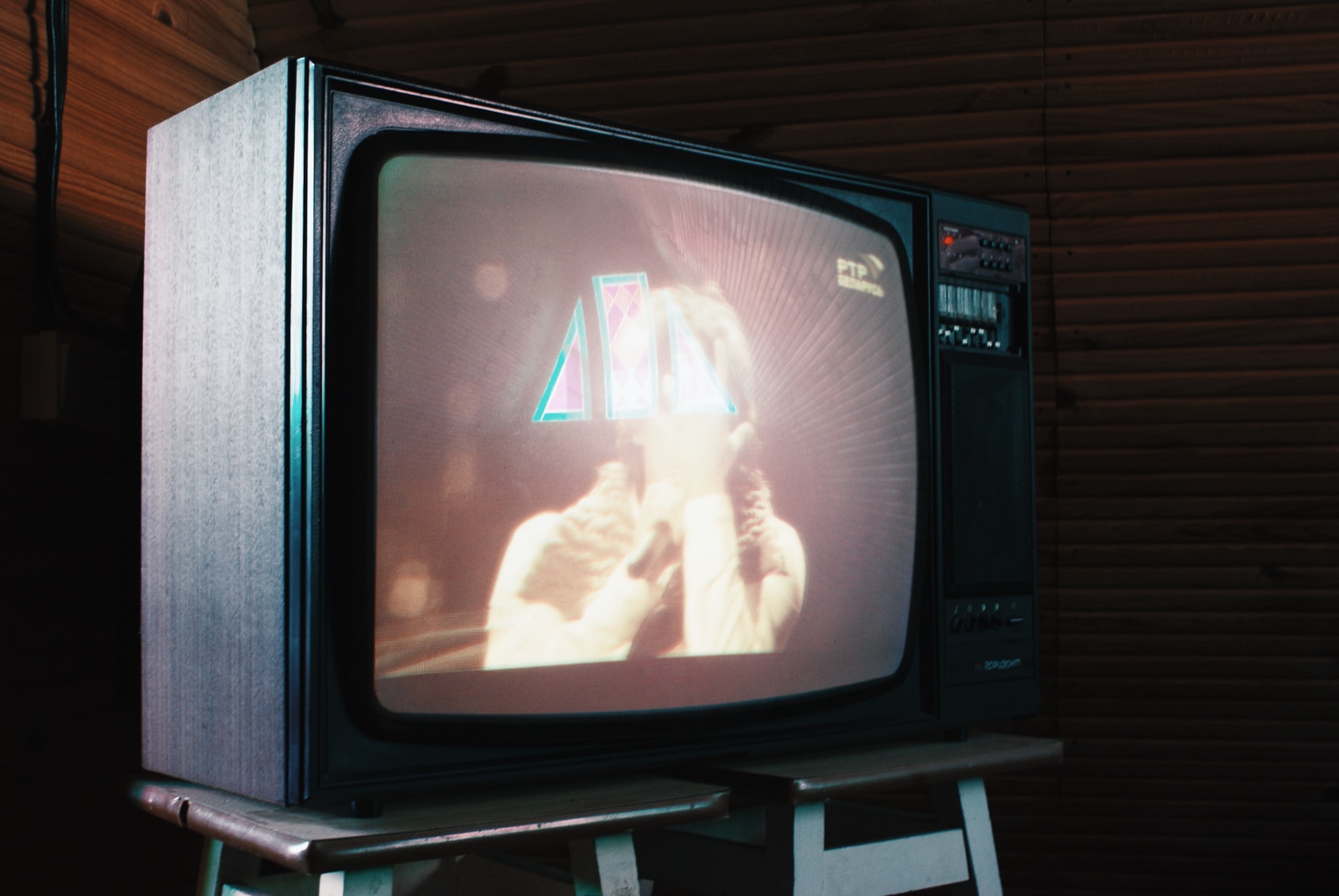I am no stranger to technology in a law practice or a courtroom. My firm was ready to work remotely with little disruption when we were told we had to stay home. I have hired and (sadly) fired employees remotely. My team doesn’t come to the office much anymore and they are happy to have lost the commute. We will continue this at some level going forward, and if other businesses do the same, there will be more than a few fire sales on office building space.
I have tried dozens of cases using my iPad and a trial presentation app, wandering around the courtroom like a Genius Bar ™ escapee or hipster waiter. I am no fan of Apple products but because this app is only available for iOS so I am stuck with an iPad, long after my divorce with the mecca in Cupertino. I know that one must be careful when criticizing the house that Jobs built as his followers are zealots, but it was an amicable split.
I am eager to get rid of the iPad, the last of my Apple gizmos. Because I also need to complete my continuing legal education requirements for this year, I watched a webinar pitting the iPad against a laptop computer for trying lawsuits thinking that this was my chance. I learned three things from this seminar:
- Nothing has really changed in the last ten years when it comes to trial presentation software.
- California lawyers are ridiculously good looking and could easily moonlight as actors and actresses.
- My bank account is $100 lighter.
On the plus side, the course was taught remotely and I wasted my time and money from the comfort of my own office. I may not have learned anything but at least I didn’t have to fight traffic or circle like a vulture for a parking spot. These days, we take our little victories where we can.
Speaking of webinars and remote learning, lawyers are finally (mostly) fluent in online meetings. Fewer and fewer of us have to be reminded to mute ourselves in virtual court. I suspect that judges will continue to allow remote appearances even when it is safe to return to the courtroom, if not for the efficiency, for the ability to mute lawyers at the touch of a button. We are all just a green screen away from working on a beach or in the mountains now. Even the judges.
Gone also are the days of everyone standing when the judge enters the courtroom. While we could certainly do so on camera, I bet that lawyers, like tv newscasters, are wearing shorts with their coats and ties. It is the mullet of the video conference and ignorance of how people are (not) dressing benefits everyone. If robes and wigs make a reappearance in American courthouses, shorts or leggings under suits will be the reason.
Trial by video is now a thing as well. The Floyd murder trial is televised, and more than a few armchair litigators have provided me with regular updates of what is going on in that courtroom. Some may ask why we even need a criminal trial after the event itself was captured on video.
I haven’t watched the trial. In part because I am a bit envious of lawyers who are trying cases. I haven’t been in trial in so long that my lucky tie has gone out of style- twice if you count the fact that it wasn’t stylish in the first place.
The other reason I haven’t watched is burned in memories of the OJ Simpson criminal trial. Those of us old enough to remember it were glued to the television from the time the infamous white Ford Bronco fled from the police through the missteps of the prosecutors and the unbridled grandstanding in court. I had only been practicing law for a few years when that trial happened and was eager for any chance to see a trial. After a hundred or so trials of my own, I am less interested.
I had a bit of a flashback to the Simpson trial when the Capitol building security was breached. I have since confirmed that the painted shaman was not Kato Kalein. I still can’t see a ford Bronco without checking the air for police helicopters. Youngsters, we will wait while you google it.
Unlike the Simpson trial, the judge presiding over the Floyd case has not let the proceedings turn into a circus. Part of that may be his no-nonsense demeanor. His approach does not make for good television but it is much more appropriate to the administration of justice. The cameras have not kept him from dressing down witnesses or lawyers who forget where they are.
The TV audience is learning what lawyers and jurors have long known- most of a trial is drudgery. TV show lawyers don’t have to worry with the monotony of laying foundations for documents, and their witnesses never get lost on the way to the courthouse. They also get commercial breaks where we presume that snacks are passed around.
While I hope remote video court appearances are here to stay, I have no desire to try a case on television. Johnnie Cochrane was made for television, I was not. I spend enough time rethinking everything I do in the courtroom without the need for video replays and critical twitter experts. Besides, if it is true that the camera adds ten pounds, quarantine eating is the equivalent of three cameras on me already.
©2021 under analysis llc. under analysis is a nationally syndicated column. Spencer Farris is the founding partner of The S.E. Farris Law Firm in St Louis, Missouri. This article is closed captioned for the humor impaired. Comments or criticisms about this column may be sent directly to Under Analysis via email at farris@farrislaw.net.

